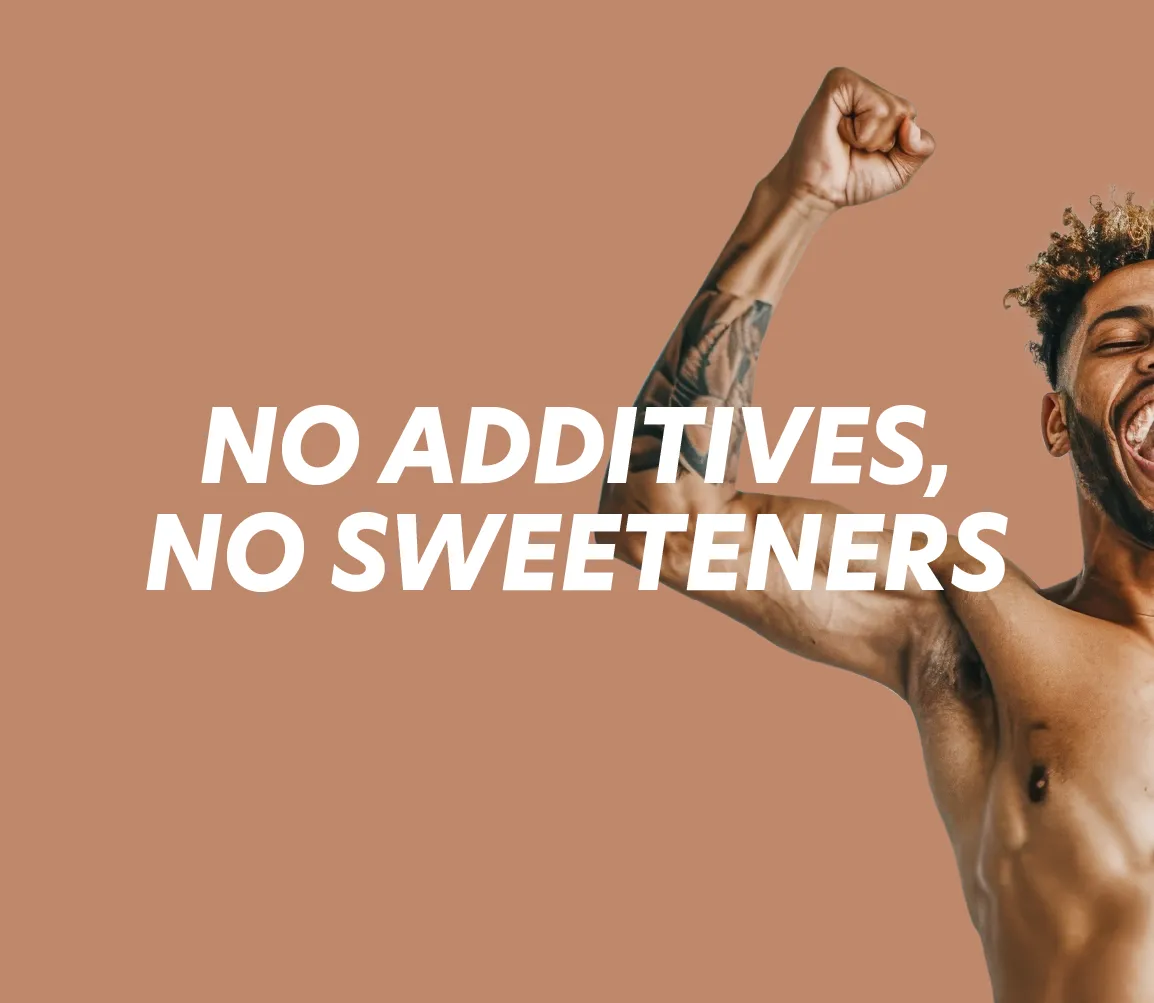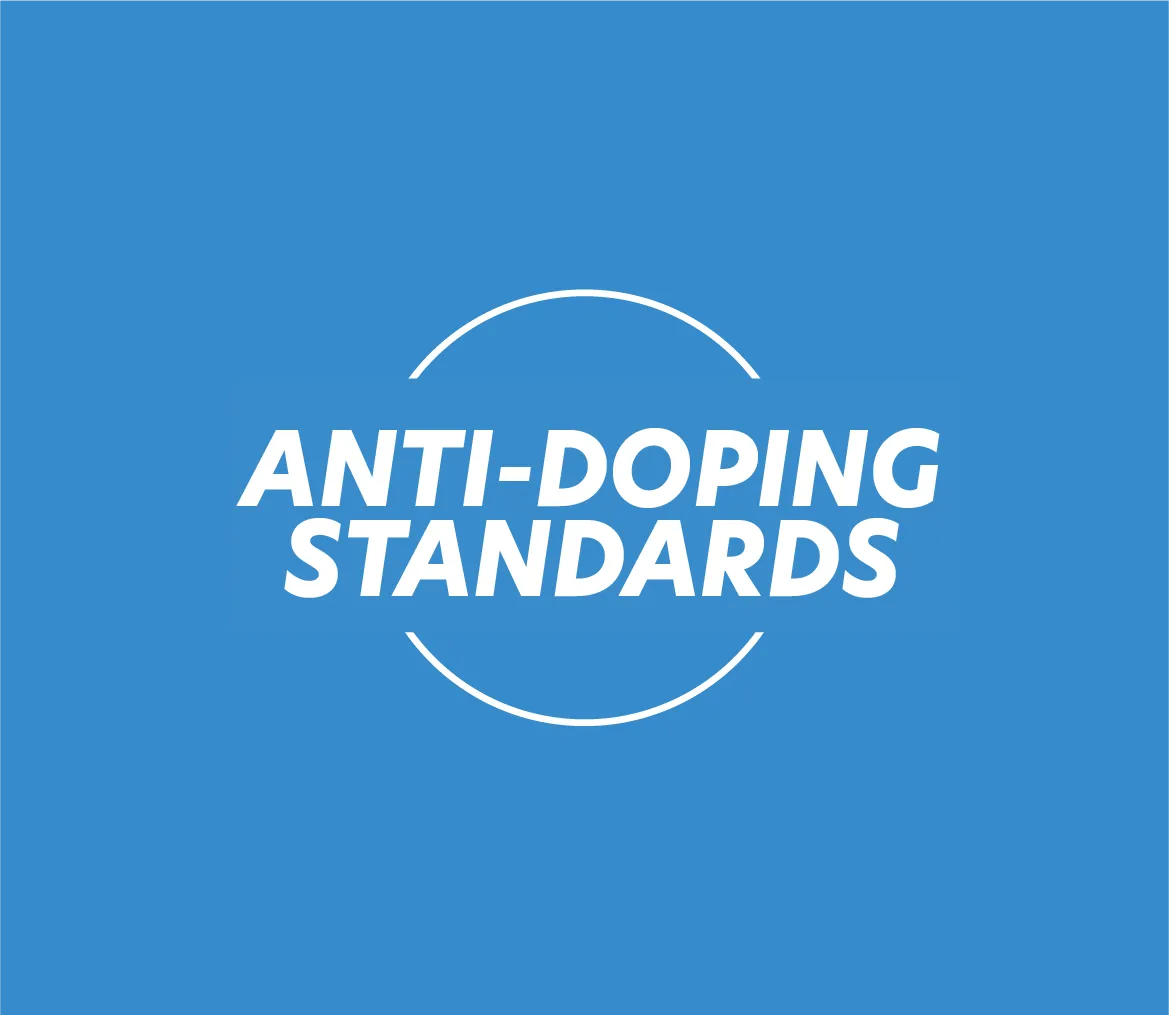When it comes to gaining muscle, it's common to ask whether oatmeal has a place in a mass-building diet plan. Yes!
First of all, what is the definition of mass gain in bodybuilding? It's a period when you're looking to create a caloric surplus in order to promote muscle growth. To achieve this, you need a rich, balanced diet and appropriate training. The aim is to gain weight progressively, by prioritizing lean mass and limiting fat gain.
What are the right foods for building muscle? Should you eat cottage cheese or oatmeal to bulk up? This article deals with products of interest to athletes looking to increase their muscle mass in a sustainable way. And that's where oatmeal comes in. Their nutritional profile can help a mass-building diet. Rich in complex carbohydrates, fiber and plant proteins, we explain here how they provide the necessary energy while promoting digestive health.
In a nutshell
- Oat flakes are essential for building muscle: rich in complex carbohydrates, fiber and plant proteins, they provide a stable energy source ideal for bodybuilding.
- Their moderate glycemic index supports hormonal regulation (leptin and ghrelin) and limits cravings.
- Depending on the form chosen, their digestibility and assimilation speed vary, impacting performance and recovery.
- In the case of digestive sensitivity or a low-FODMAP diet, oat flakes can still be consumed in moderate quantities, according to individual tolerance.
- Easy to incorporate into sports breakfasts, post-workout snacks or protein recipes, they provide a healthy basis for increasing calorie intake.
Contents
Why eat oatmeal for weight gain?
The nutritional benefits of oat flakes
Oatmeal is a staple food for bodybuilding athletes. Here are 3 reasons to add them to your diet to build muscle:
- Oat flakes are rich in complex carbohydrates, so their nutritional composition is ideal for building body mass. Unlike refined sugars, these complex carbohydrates are absorbed by the body, providing lasting energy. This avoids blood sugar spikes and rapid fat storage if glycogen reserves are full.
- Their high fiber content is remarkable. Fiber promotes a feeling of satiety, regulates transit and supports healthy intestinal flora. And these parameters are important when you're looking to increase your calorie intake or maintain good health.
- Oat flakes are packed with vitamins and minerals essential for healthy body function and sporting performance. Vitamin B boosts energy metabolism, while vitamin E offers antioxidant properties. Magnesium is good for muscle function, while iron helps fight fatigue and zinc boosts immunity and protein synthesis.
For 100 g of oat flakes, there is an average of :
| Nutrients | Quantity |
|---|---|
| Carbohydrates | 60 g |
| Of which fibers | 10 g |
| Protein | 13 g |
| Lipids | 7 g |
| Vitamins | B1, B6, E |
| Minerals | Magnesium, Iron, Zinc |
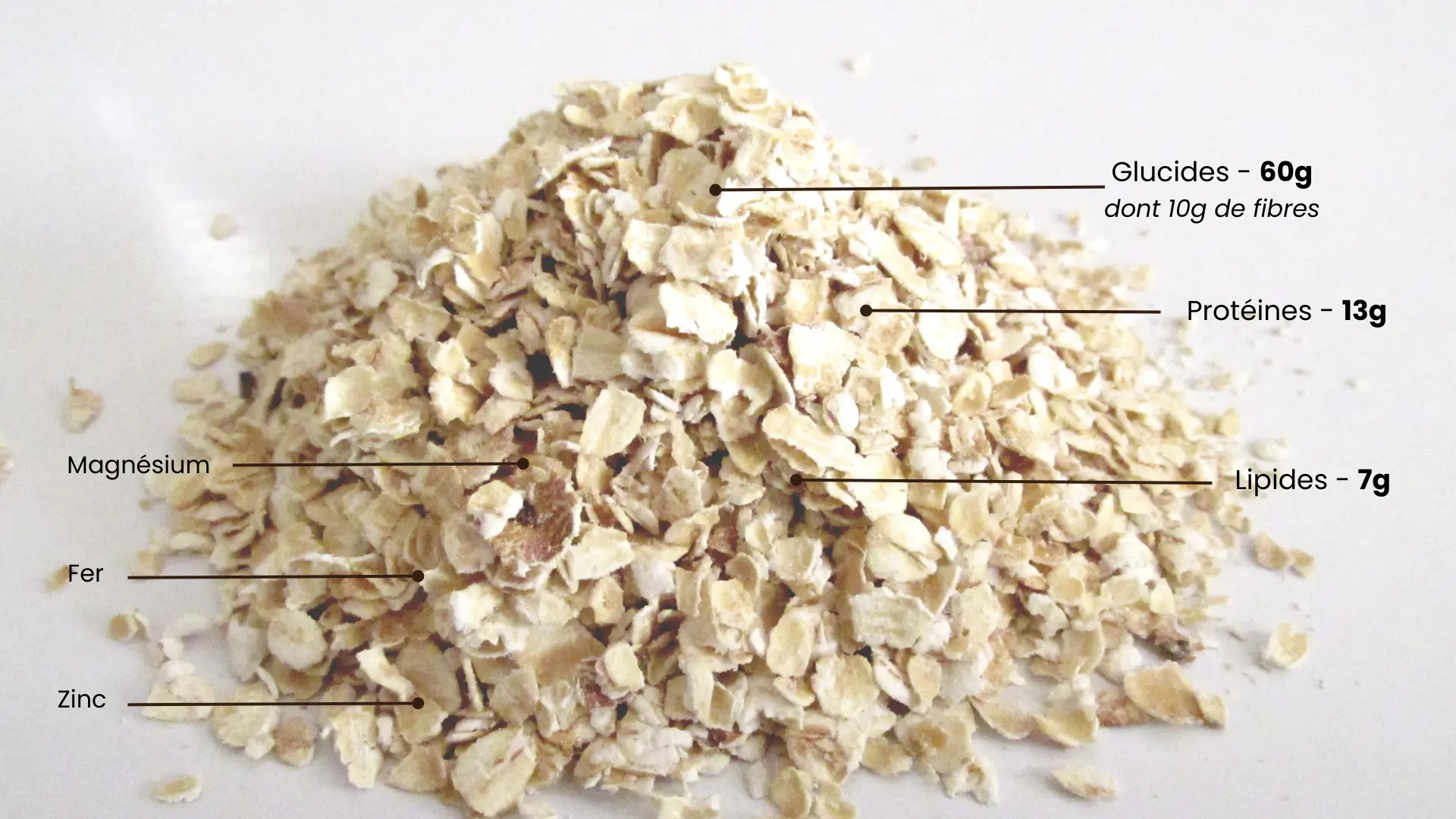
A beneficial food for weight gain
At around 350 kcal per 100g, oatmeal's caloric intake easily adds to the total energy intake for the day. But to create a caloric surplus conducive to weight gain, you need to consume more calories.
What's more, oatmeal's medium-to-lowglycemic index is a real advantage over other carbohydrate sources. This means they provide long-lasting, stable energy, ideal around intensive workouts to support muscle growth.
Last but not least, carbohydrates in mass gain are essential to support training and recovery. With 60g of carbohydrates per 100g, oat flakes are an excellent source of carbohydrates for athletes. Combined with other protein sources, they help maximize muscle mass gains while limiting fat gain.1
What are carbohydrates used for?
Carbohydrates are essential macronutrients for energy production, blood sugar maintenance and overall health.
When we eat carbohydrate-rich foods such as rice, pasta, wholemeal bread or sweet potatoes, our bodies convert them into glucose, the main fuel for our cells. Muscles, the brain and other organs then use this glucose to ensure their proper functioning.
High-GI carbohydrates (sucrose, glucose) are very useful for sportsmen and women who make intense efforts and need to include them in their dietary program, mainly close to the effort (during and after).
Here are 2 reasons why athletes and people with intense physical activity should include carbohydrates in their mass-building diet:
- They help maintain a stable energy level during exercise;
- They promote muscle recovery after exercise.
This is why it's advisable to consume carbohydrates before, during and after an endurance session. In bodybuilding, it's generally not necessary to ingest carbohydrates during the session, except in the case of especially long, intense training sessions.
In addition to their energy role, carbohydrates have an impact on insulin secretion, the hormone that regulates blood sugar levels.
Excessive consumption of carbohydrates, especially refined sugars, can lead to the long-term development of metabolic diseases such as type 2 diabetes and obesity.
It's therefore essential to focus on complex carbohydrates, found in whole grains, legumes and vegetables. The latter are rich in fiber, which slows glucose absorption and prevents glycemic fluctuations.
They are also found in oatmeal.
The impact of β-glucans on satiety and insulin resistance
β-glucans are soluble fibers found in certain plants, particularly wholegrain cereals such as oats and barley. They form a viscous gel in the stomach that slows digestion and absorption of glucose, thereby regulating blood sugar levels and preventing insulin spikes.
Their action promotes secretion of the satiety hormone leptin, and can improve insulin sensitivity.
Oat flakes are very rich in β-glucans. Mixed with water or milk, they have a creamy texture thanks to the latter. This is also what gives oats their reputation for lowering cholesterol, improving satiety and stabilizing blood sugar levels.
A minimum of 3g/day of β-glucans is required to measure effects on cholesterol and blood sugar levels.
With their caloric surplus, β-glucans help maintain better hormone regulation than refined carbohydrates.
β-glucans do not provide calories useful for muscle growth, but they have a triple action in favor of mass gain:
- optimize carbohydrate digestion and utilization;
- They promote stable energy release for intensive training;
- they improve satiety, which is potentially helpful in the lean phase to avoid craving fast sugars.
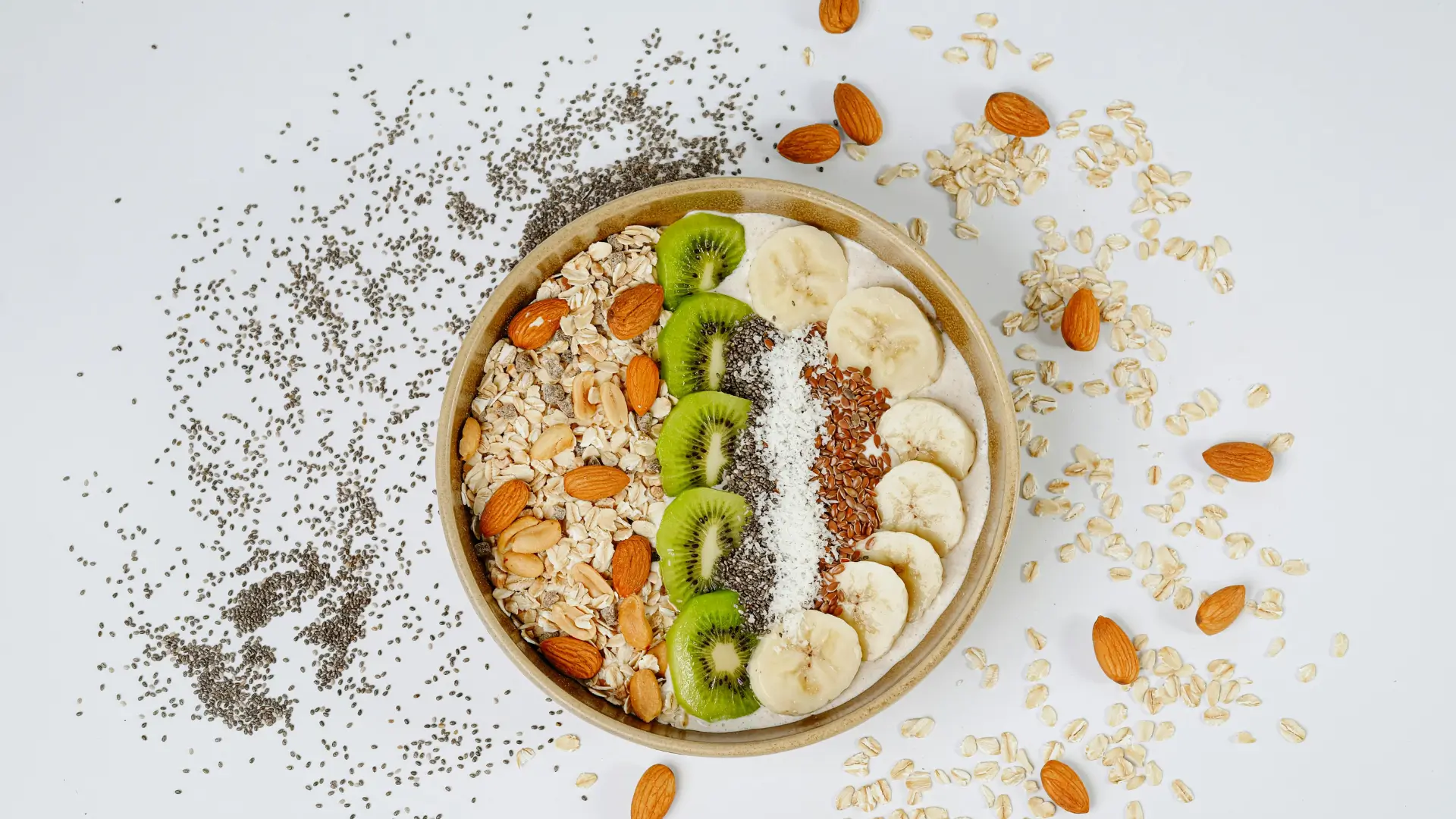
How can oatmeal be incorporated into weight training?
How to choose among the different types of oats?
To reap the nutritional benefits of oat flakes, choose high-quality, organic, untreated oat flakes, and eat them raw or cooked.
Cooking naturally increases the associated GI. This difference remains moderate for gentle cooking, but may slightly influence the speed of carbohydrate digestion.
Several forms of oats exist for human consumption. They differ in appearance and texture. There are :
- Instant rolled oats (the most common in Europe): thinner and pre-cooked, they are quick to prepare. Their glycemic index is slightly higher due to the processing and pre-cooking.
- Traditional oat flakes: thick and crunchy, they require longer cooking time if you want to soften them, as they are not pre-cooked.
- Oat flour: obtained by grinding the flakes, it can be used in baking or to thicken preparations. Its glycemic index is similar to that of instant flakes, as it is pre-cooked.
Whatever type of oats you choose, it's important to ensure their traceability, giving preference to well-known, certified organic crops. Their low glycemic index enables a gradual release of energy, while their high fiber content promotes satiety and digestive health.
Oat bran or rolled oats?
Oat flakes, whether instant or traditional, come fromwhole, flattenedoats. They therefore contain the kernel, the germ and part of the husk.
Oat bran is the outer husk of the grain. It is much richer in soluble fiber, β-glucans, but comparatively lower in carbohydrates and calories.
Flakes are preferable to oat bran for weight gain, as they provide more energy in the form of complex carbohydrates and are essential for the caloric surplus.
Instead, oat bran is used for satiety, digestion and glycemic regulation. It's a real ally for digestive health and appetite regulation, but not the most suitable option for increasing calories to build muscle mass.
The best ways to eat oat flakes
There are many ways to incorporate oatmeal into your diet. Here are a few ideas:
- Breakfast: mixed with plant or animal milk, fresh fruit, oilseeds and a protein source (whey, fromage blanc, eggs...).
- As a pre- or post-workout snack: in the form of porridge, homemade bars or in protein smoothies. This is the ideal option when more meals are recommended during periods of weight gain.
- In sweet or savoury recipes: pancakes, cakes, breads, gratins, vegetable dumplings...
Ideally, oat flakes should be eaten raw or lightly cooked, to preserve their nutritional qualities. If you do cook them, opt for short, low-temperature cooking, such as in milk over a low heat.
How to avoid bloating?
Bloating with oatmeal is caused by several factors:
- high soluble fibre content, especially β-glucans;
- the presence of fermentable FODMAPs, phytates, which disrupt digestion;
- possible sensitivity to avenin, an oat protein.
Good news: there are techniques to avoid bloating when consuming quantities of oatmeal to gain muscle mass. Here they are:
- Soak for 6-8 hours in water with 1 teaspoon cider vinegar. Discard soaking water, which contains phytates.
- Grind the flakes by blending them before consumption.
- Add oats to a warm liquid to avoid digestive shock caused by cold.
- Start gradually with 30g/day mixed with plenty of water.
If digestion problems persist, you may be too sensitive to avenin. In this case, try other cereals.
When to consume carbohydrates according to intensity?
Thanks to their carbohydrate profile, oatmeal helps build muscle, both pre-workout for performance and post-workout for recovery.
This source of complex carbohydrates has a medium glycemic index, ideal for delivering energy over time.
Pre-workout: 30-45 minutes before training with 50-70g for intensive sessions, or 1h before for long training sessions.
Post-workout: within the hour to promote recovery.
Carbohydrate assimilation can be combined with a protein source to promote muscle recovery and fiber reconstruction.
For a muscle-drying program, focus on carbohydrates around training, keeping flakes for pre-training and fast carbohydrates during exercise.
Eat large quantities of oatmeal for weight gain
Quantities vary from person to person, but the recommended daily intake is around 50 to 100 g of oat flakes. It all depends on the athlete's energy requirements, but this represents around 4 to 8 tablespoons, depending on the recipe and the objective.
While oatmeal is an excellent carbohydrate food for mass gain, the other macronutrients (fat and protein) are just as important for muscle growth and overall health.
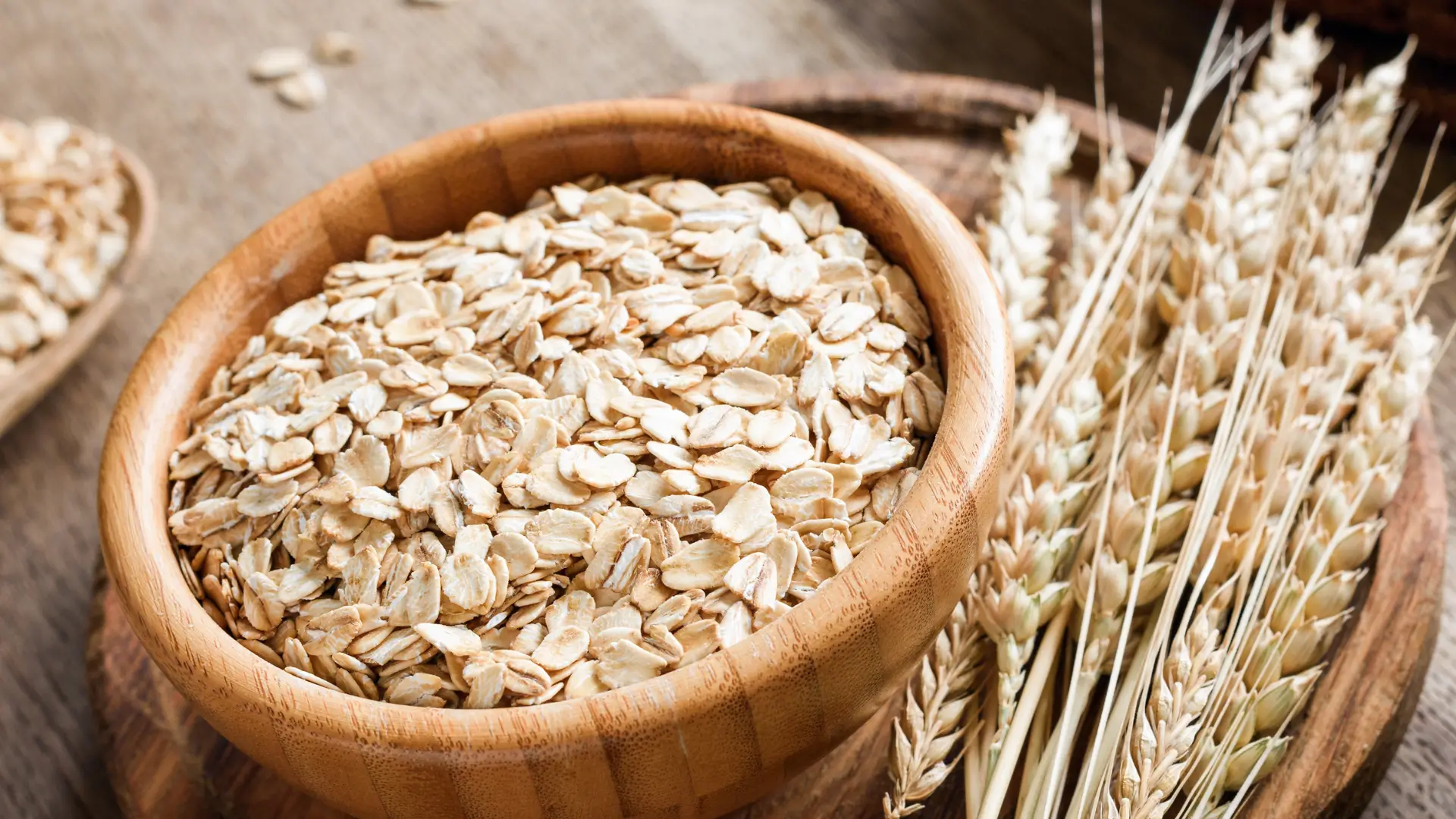
Other macronutrients for mass gain
Protein for building muscle mass
Proteins play an essential role in the development and maintenance of muscle mass. They are made up of amino acids, the building blocks of muscle.
To stimulate protein synthesis and promote muscle growth, it is recommended to consume between 1.6 and 2.2 grams of protein per kilo of body weight per day.2
This intake should be spread out over the course of the day.
Here are the high-quality protein sources to choose from:
- Lean meats (beef, chicken, turkey, certified organic products whenever possible);
- Fish from French organic farms;
- Certified organic eggs;
- Dairy products (yogurt, cottage cheese, products from local organic and/or sustainable farming cooperatives);
- Legumes (lentils, chickpeas, etc.).
Whey, or whey protein, is a non-compulsory but interesting supplement for athletes building mass. Derived from whey, this high-quality protein is rich in essential amino acids and BCAAs (branched-chain amino acids). Rapidly assimilated by the body, it is a major asset for promoting recovery and muscle growth after exercise.
Lipids for successful weight gain
The quantity of lipids is decisive for successful mass gain. They guarantee hormonal function, joint health and the absorption of fat-soluble vitamins (A, D, E, K).
They also provide an interesting caloric density for achieving energy goals. It is therefore recommended to consume around 1.5/1.8 grams of lipids per kilo of body weight, giving priority to sources of unsaturated fatty acids:
- Oily fish (salmon, mackerel, sardines, etc.) ;
- Lawyers ;
- Oilseeds (walnuts, almonds, hazelnuts, etc.) ;
- Olive, rapeseed and walnut oil.
Certain foods, such as peanut butter or tahini (sesame purée), are interesting for weight gain, as they combine vegetable proteins and lipids.
We've said it before, but a balanced diet adapted to weight gain is still the most important thing, especially for athletes who do a lot of exercise during the week.
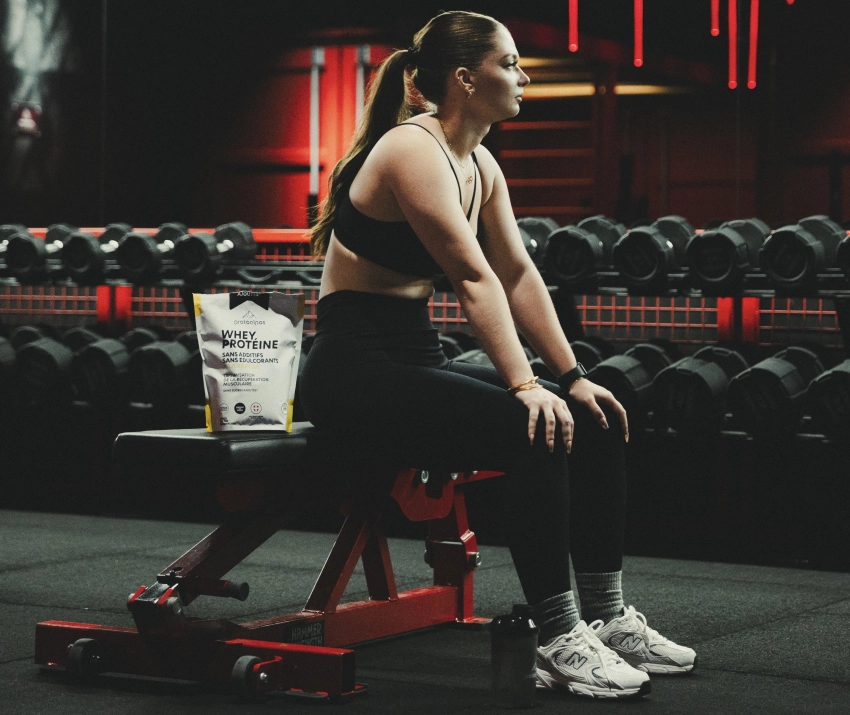
4 things to know before using oatmeal for bodybuilding
Oats, creatine and other supplements: do they work?
Good news: there's no negative interaction between oat flakes and whey, creatine and BCAAs.
On the contrary, oat flakes can even be mixed with whey protein to create a natural gainer, which is often more economical.
The whey+creatine+oatmeal combination in post-workout optimizes protein synthesis and recovery. Oat flakes provide the carbohydrates needed to transport creatine to the muscles.
Digestibility varies according to profile
Oat flakes are rich in FODMAPs, which can pose a problem for people suffering from SIBO or Irritable Bowel Syndrome(IBS), for whom they are not recommended.
What's more,avenin (a protein similar to gluten) can accentuate bloating or discomfort in sensitive individuals by causing bloating. Even if oats are gluten-free.
Oatmeal is not forbidden in the low-FODMAP range, but it should be introduced with care, monitoring individual tolerance and adjusting portions according to digestive reactions.
In the case of high-risk profiles (confirmed SIBO, IBS, sensitivity to FODMAPs), it is preferable to choose more easily digestible alternatives, such as quinoa, buckwheat or rice, which are better tolerated at intestinal level.
Protein bioavailability between oats and other cereals
Oats contain 12-17% protein, but are deficient in lysine, like most cereals. Its protein quality remains superior to that of rice and wheat, with a better amino acid profile than the average cereal.
Oat proteins are less well absorbed than animal proteins. This is known as lower bioavailability, but can be improved by techniques such as soaking or fermentation.
The combination of oats + legumes compensates for the slight lysine deficiency to obtain a complete profile.
Impact on leptin and ghrelin during caloric surplus
With their low GI and soluble fiber, oat flakes help maintain better leptin-ghrelin regulation.
In fact, when building up mass, the risk is to fall into a caloric excess based on fast sugars (white pasta, sweets, refined products). The result: this excess upsets the hunger hormones ghrelin (which stimulates appetite) and leptin (which signals satiety).
Excess calories are still the main cause of hormonal disruption.
Conclusion
During periods of weight gain, oat flakes can be used to increasedaily calorie intake without excess fast sugar, while maintaining a balance between available energy, satiety and nutritional quality.
Oatmeal is an ideal addition to any diet, whether for weight gain or a balanced meal. Whether used as a bowl for breakfast or as a complete meal in the evening, they are easy to use in any preparation. Mixed with whole milk, Greek yoghurt, chia seeds or peanut butter, they provide the balanced, satiating meal that athletes need.
Oats are rich in fiber. That's why it helps regulate cholesterol, control hunger and improve intestinal transit, while providing a feeling of satiety. So no, oat flakes don't make you fat, and they don't promote fat gain. They are an ally for muscle growth when integrated into a healthy diet and a suitable sports program.
It's thepractical, versatile and nutritiousalternative to add to your diet. A simple, delicious ingredient that's a pleasure to eat, without excess... the perfect way to regulate your weight.
Here's the summary table on oatmeal consumption for mass gain:
| Nutritional benefits : | Interest in weight gain: |
| Rich in complex carbohydrates (60g/100g) with low glycemic index | Long-lasting energy boost, ideal for training sessions |
| Source of fiber (10g/100g) | Promote satiety, transit and digestive health |
| Contains vegetable protein (13g/100g) | Contributes to muscle mass gains with other protein sources |
| Source of vitamins (B1, B6, E) and minerals (magnesium, iron, zinc) | Essential for metabolism, muscle function and recovery |
| Attractive caloric density (350 kcal/100g) | Easily increases total calorie intake to create a surplus |
Scientific references and sources
2Dietary protein intake and human health by Wu et al.
To find out more :
Protein shaker ideas
Eat more when building muscle?
Foods for top athletes




